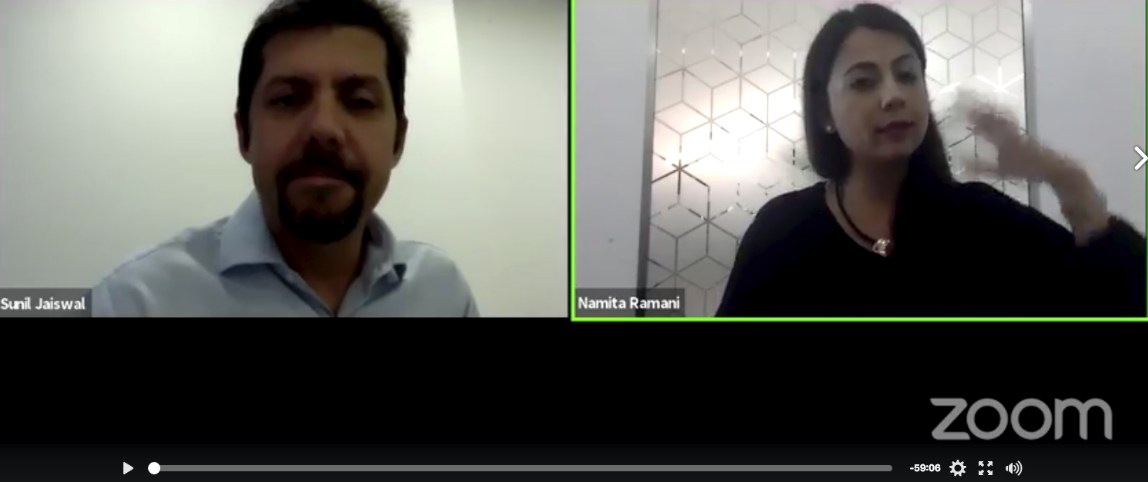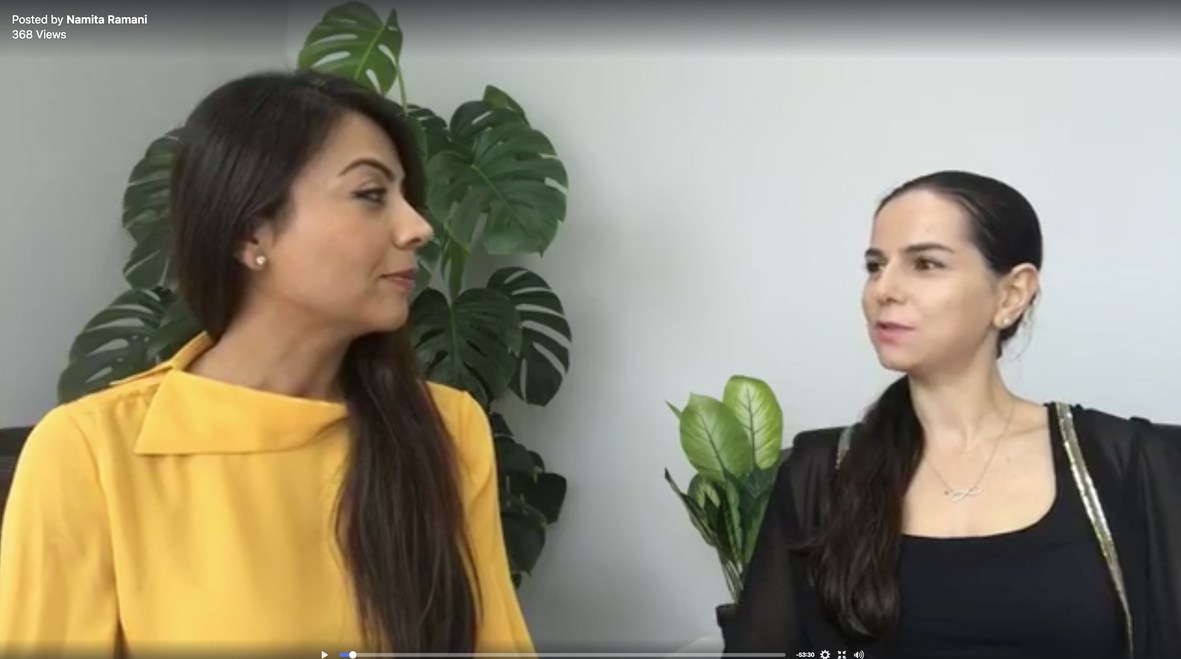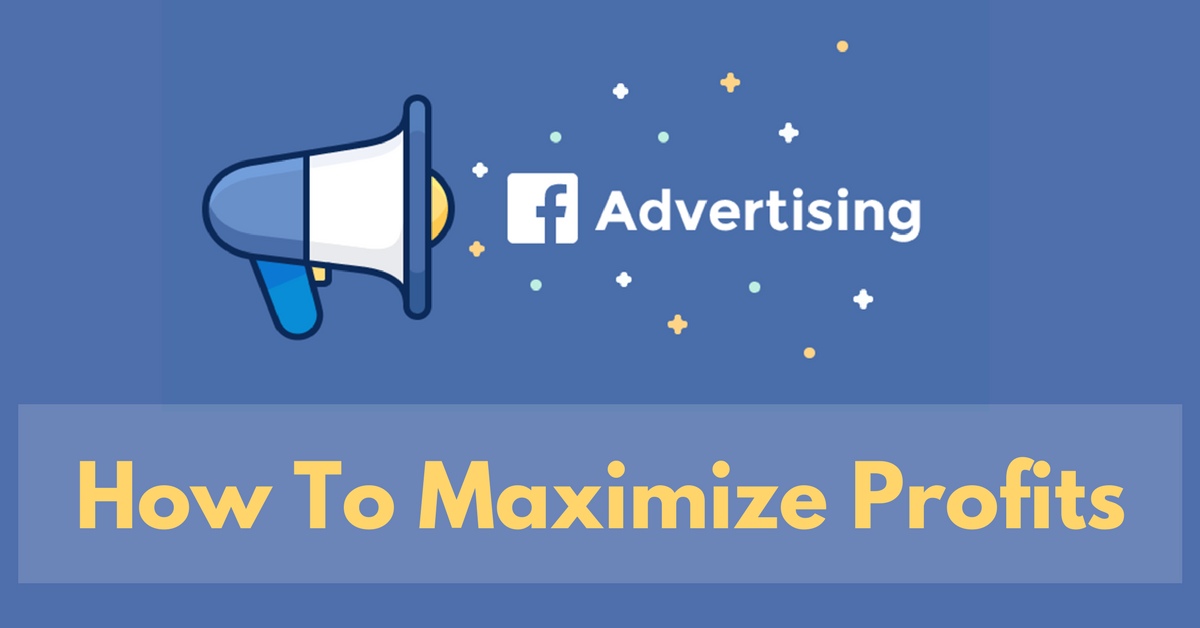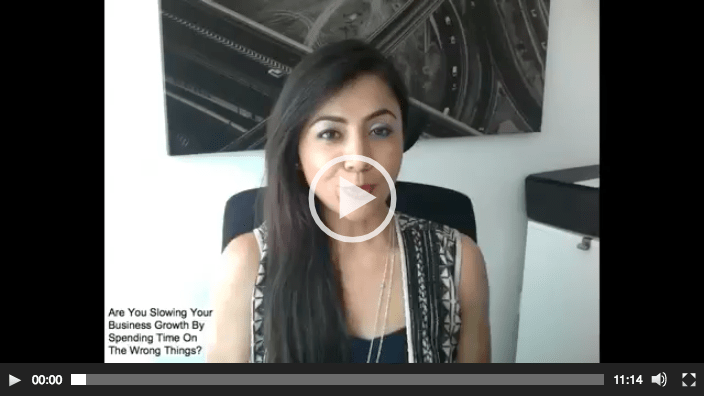As an entrepreneur, business owner, or social media manager, you’ve probably dabbled with Facebook Ads yourself.
It’s one of the most easy-to-use platforms for online advertising, and has features for both basic and advanced advertising, so that you can really scale your campaigns and get the most bang for your buck.
Plus, it’s one of the most cost-effective solutions, especially for small businesses that don’t have a lot to invest into their marketing budget.
I’ve met a lot of startups and small businesses that have been doing their Facebook Ads themselves, and have been getting some response.. But what I’ve noticed, very commonly, is that most of them have set up their ads without any real strategy.
They have an offer or a product they want to sell, and they create an ad to get people to enquire or buy.. And that’s it.
Sure, people do enquire and buy through these ads…
But the amount of money, and potential revenue, that’s being missed out by them is crazy – Just because they haven’t thought about using their Facebook Ads strategically!
The most basic way to think about your ads, so that you can really optimise your returns and improve your profit margins is to make sure your Facebook Ads are doing three things:
- Acquiring new customers
- Retaining existing customers
- Upselling to customers
What most people are doing right now is focusing on acquisition, which is actually the most costly thing to do. It costs more to acquire than to retain.
And by not using ads to retain and upsell, they are missing out on the chance to maximize their profit and returns from that initial acquisition cost.
Let’s look at this further: A slimming center spent $5 to acquire a new customer for their slimming massage ($5 was basically their cost of acquisition, or cost per purchase).
They also do a package of slimming massages, where you buy 10 massages upfront and get a discount.
By creating an ad to upsell the package of 10 massages to the customer they spent $5 acquiring, they have the ability to maximize their returns on their initial investment, by selling them more at a lower cost of acquisition, since they are remarketing to them for higher value sales.
In the same way, they also retain customers by using Facebook Ads – ensuring that someone who has come to their slimming center once is urged to come back repeatedly, since they already know and trust their services and are a willing paying customer. If they haven’t made a booking for 2 months, there’s an ad that prompts them to schedule their next massage.. Which helps them keep their existing customers active, so that they can maximize the profits they make from them returning.
By using 3 sets of ads to cover these 3 areas of acquiring, retaining and upselling, you can make Facebook Ads really work as a complete selling system that supports your business’s profit growth.
Download our free guide, ‘Facebook Ad Design Checklist’ to ensure whether your Facebook ads are optimized to generate leads.
Click here to download.
If you have any questions on the topic, or want something answered, send an email through to learn@abovedigital.com and we’ll address it on our Facebook Live sessions, or directly via an email response.









